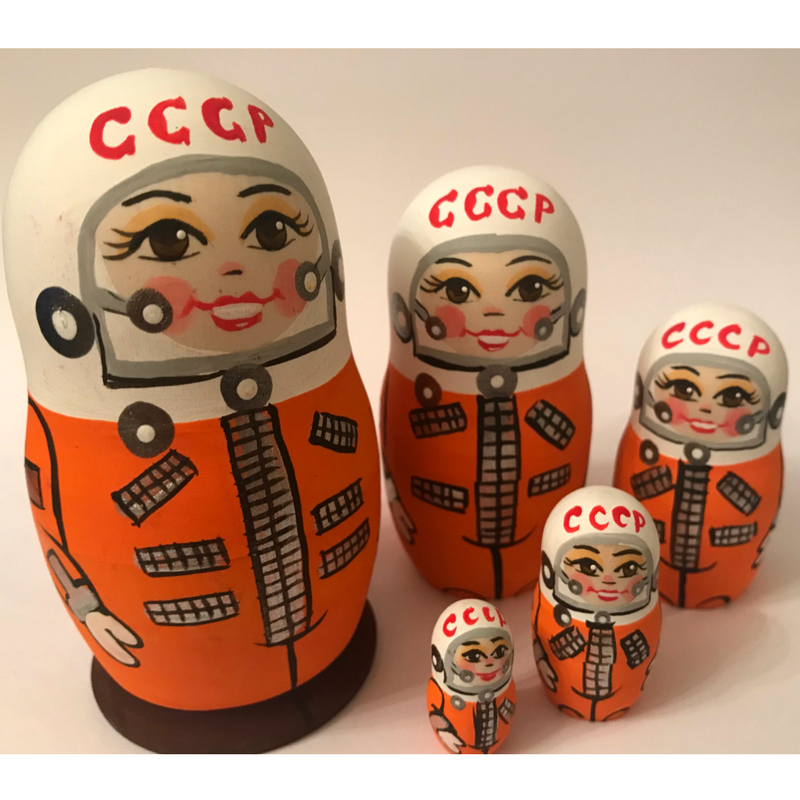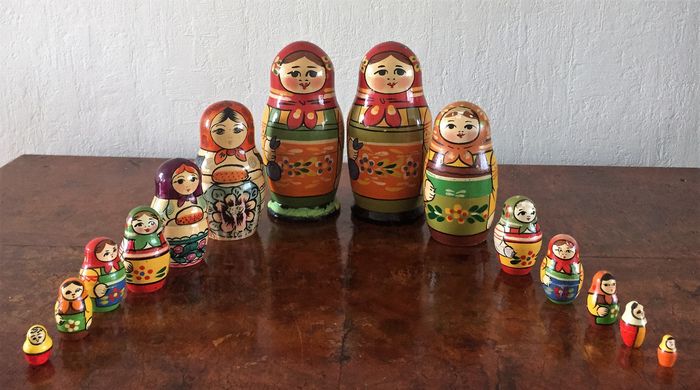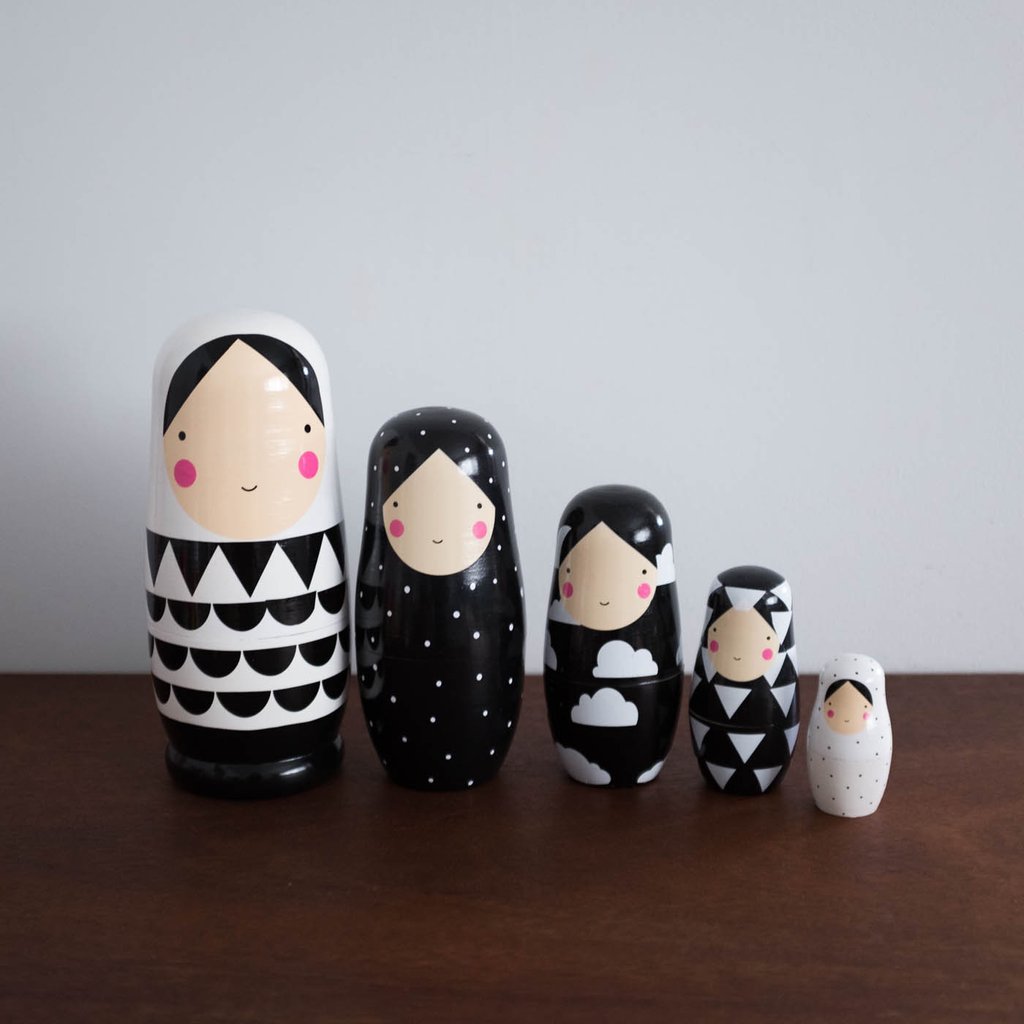Nesting dolls were revered and placed in a hut in a red corner. They had a nesting purpose. It was believed earlier that if the house has a fertility doll made by itself, there will be prosperity and a good harvest.
The Role Played

The nesting doll portrayed a woman during haymaking. Nesting dolls is one of the most simple in the technique of making dolls. It is made without incisions and without a single seam, from a single piece of fabric. In the center of a rectangular flap of light colors, padding for the head of the doll is placed a batting or rag.
Then the head is formed and tied with thread. From the excess fabric on the sides are formed and tied with hand threads. They put on a doll a skirt, an apron (but the ìshirtî should be visible the light base of the doll), they tie a scarf. The common tones of the fabric used are different, light, because the first mowing has long been considered a holiday in the villages. There was in the village of Fedorovka on the territory of Leninsky district of the Tula region. There are types of Japanese dolls in comparison to this and you need to know more about them also.
The Other Dolls
The doll ìKupavkaî is a nesting doll of one day, which existed in the Ryazan, Tula, Vladimir and Kaluga provinces. Kupavka personified the beginning of bathing. She was floated on water, and the ribbons tied to her hands took with them human illnesses and adversities such importance was attached to the cleansing power of water.
- This doll of holidays is Agrafena Kupalnitsy and Ivan Kupala. The procedure for manufacturing ìKupavkiî is very simple. Two sticks of different lengths are cross-linked. On the upper part of the cross, the head is made of light-colored fabric, filled with rags, and the same fabric is wrapped around the hands of the doll.
- Fix the fabric on the neck, arms and waist of the doll. Bind straps sundress of bright fabric. They put a skirt, a scarf on a doll, tie a belt, and tie bands of fabric on their hands. Since this doll is summer, it is customary to decorate it with grass, fresh flowers.
The Other Dolls With Straws
The nesting doll was made from straw or bast, but they definitely used wood a thin birch trunk. Straw, like a tree, personified the lush force of vegetation. Clothes on the doll must be with a plant pattern. In the Tula Gubernia, the Shrovetide doll was human in height, made of bast or straw. She was fastened on a cross made of wood. The doll was decorated with ribbons, artificial flowers. They put dishes on their hands, used to make pancakes, put ribbons, tying which, people made wishes. These ribbons, so that wishes would come true, had to burn with the doll.
The Right Doll

ìHome Shrovetideî is a doll that existed in Tula province. She was called the daughter of Maslenitsa or her younger sister. It is a small, 20ñ25 centimeters tall, straw or balk doll with a white rag face. ìHome Shrovetideî symbolized strong prosperity and healthy offspring of a young family. She was considered a strong talisman of the dwelling, fulfilling the covenants of the owners of the house. Store this doll in a red corner or at the entrance to the dwelling. On one of the days of the festive Pancake week, when the young came to the mother-in-law for pancakes, this doll was exhibited in windows or courtyards. By tradition, ìHome Shrovetideî was met by the groom and the bride.
- In some provinces there was a goat doll. It is based on a wooden cross, and its muzzle, horns, and beard are made of bast and straw. She was wearing a in a bright special dress and a sheepskin coat (or fur coat), on top of which were fastened ceremonial objects: pipes, barrel organs, tambourines, horseshoe as a gift for happiness, bells, bells, wooden beads, earrings, gift bags, wreaths of well-being with small red cereal-grain sacks, a wooden block as a gift to a bachelor, as a reminder of the need to marry. The doll was a symbol of vital force and this force she had to bring to the owner of the hut and his land, his field, so that bread would be born better. Check out and buy authentic dolls here: nestingdolls.co
The Ash Doll
Ash doll was given to the young at the wedding. It is an ancient symbol of procreation, the mediator between those who live on earth and the realm of the dead. The ash doll is like that the spirit of ancestors, addressed to descendants.
- We must say that the people have always attached importance to the health of children and families. So some nesting dolls were healing. This is ìKozma and Demianî. They were made from medicinal herbs: yarrow, chamomile and other herbs. There is such a legend. Two brothers lived in Russia the same age. They were disintegrated.
These brothers treated people and did not take money and food for treatment. But one day one of the brothers took some food to work. The other brother was very offended and asked after his death to bury them in different places, but the people judged in their own way. After all, food is food for existence, not money, and therefore they were buried together. For their good deeds they were elevated to the rank of saints. Therefore, they used to make dolls in their honor and put them in a red corner, so that they brought good and health to the house.
